Tilia tomentosa Tree
- March 19, 2024
- 0 comment
Tilia tomentosa, commonly known as silver linden or silver lime, is a majestic tree celebrated for its beauty and diverse applications. Belonging to the Tiliaceae family, this species is native to southeastern Europe and southwestern Asia, where it graces landscapes with its ornamental foliage and fragrant flowers.
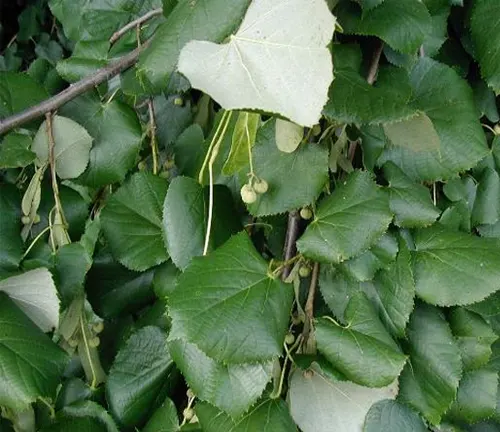
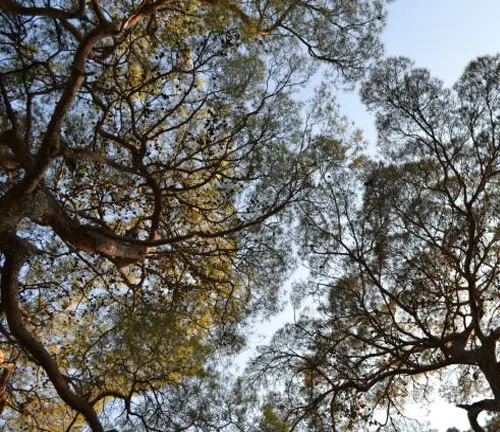
This deciduous tree typically grows to a height of 20-35 meters and is valued for its attractive foliage and fragrant flowers. Silver linden is often planted as an ornamental tree in parks and gardens for its aesthetic qualities and shade-providing abilities. Additionally, its flowers are a source of nectar for bees, making it a popular choice for honey production.
As awareness of the ecological and cultural importance of Tilia tomentosa grows, there is hope for its continued prosperity. Research into its medicinal properties and ecological benefits could lead to new discoveries and applications, ensuring its preservation for future generations.
Characteristics of Tilia tomentosa Tree
| Characteristic | Description |
|---|---|
| Scientific Name | Tilia tomentosa |
| Common Names | Silver linden, silver lime |
| Family | Tiliaceae |
| Native Region | Southeastern Europe, southwestern Asia |
| Plant Type | Deciduous tree |
| Size | Can grow up to 30 meters in height |
| Leaves | Heart-shaped with glossy green upper surface and silver-white underside |
| Flowers | Fragrant yellow flowers bloom in late spring, attracting pollinators |
| Propagation | Primarily through seeds, but can also be propagated through cuttings |
| Drought Tolerance | Moderate; prefers well-drained soil |
| Cultural Uses | Revered for its medicinal properties and symbolic significance in various cultures |
| Ecological Role | Provides habitat and food for birds and insects; contributes to ecosystem stability |
| Notable Species | Tilia tomentosa ‘Brabant’ is a popular cultivar known for its compact growth habit and abundant flowers |
| Hardiness Zones | Typically grows in USDA hardiness zones 4-7 |
| Growth Rate | Moderate |
| Lifespan | Can live for several hundred years under optimal conditions |
Botanical Beauty of “Tilia tomentosa Tree”
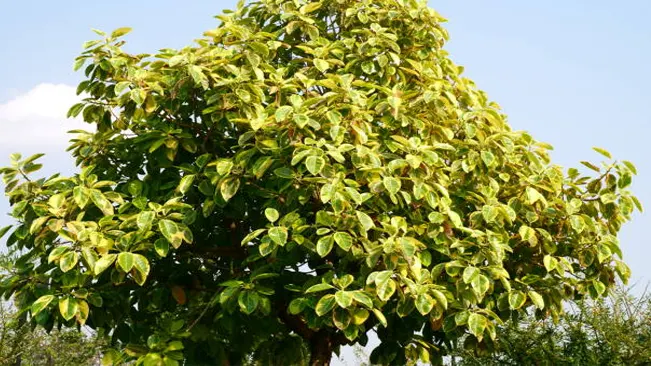
The botanical beauty of Tilia tomentosa lies in its elegant form and shimmering foliage. Its heart-shaped leaves, adorned with silver-white undersides, create a captivating display as they sway in the breeze. The fragrant clusters of yellow flowers add to its allure, attracting bees and other pollinators.
Woodland Elegance
In woodland settings, Tilia tomentosa exudes an aura of tranquility and elegance. Its towering stature and graceful branches provide shade and shelter for wildlife, while its roots stabilize the soil, preventing erosion. As sunlight filters through the canopy, the dappled shade beneath creates a serene environment for relaxation and reflection.
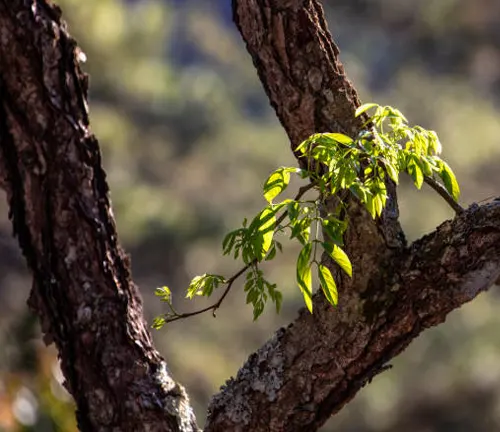
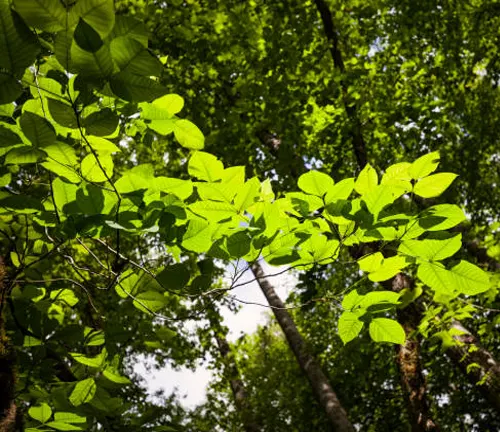
Ecological Importance
Beyond its aesthetic appeal, Tilia tomentosa plays a crucial role in supporting biodiversity and ecosystem health. As a pioneer species, it colonizes disturbed areas and helps restore degraded habitats. Its flowers provide nectar for pollinators, while its leaves decompose to enrich the soil. In urban environments, it mitigates air pollution and reduces the urban heat island effect.
Cultivation and Conservation
Tilia tomentosa is relatively easy to cultivate, preferring moist, well-drained soil and full sun to partial shade. It is tolerant of a wide range of soil types and pH levels, making it adaptable to diverse growing conditions. However, it is important to plant it in a location where it has ample space to spread its roots and reach its full potential.

Fragrance
One of the most enchanting qualities of Tilia tomentosa is its intoxicating fragrance. The sweet scent of its flowers fills the air in late spring, attracting bees and butterflies from afar. This aromatic bouquet adds to the tree’s allure and enhances the sensory experience of being near it.

Soil Stabilization
Due to its extensive root system and dense foliage, Tilia tomentosa plays a vital role in soil stabilization. Its roots anchor the soil, preventing erosion on slopes and riverbanks. Additionally, its fallen leaves create a natural mulch layer, retaining moisture and protecting the soil from erosion.
Common Uses
Tilia tomentosa has a long history of cultural and practical uses. In addition to its medicinal properties, its wood is prized for its strength and durability, making it ideal for furniture, carving, and musical instruments. The flowers are used to make herbal teas and infusions, valued for their calming and diuretic effects.
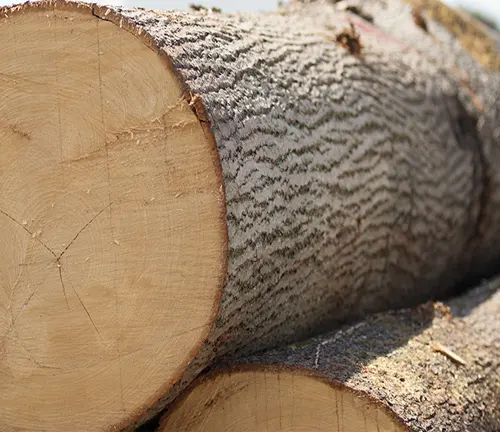
Benefits
The benefits of Tilia tomentosa extend beyond its aesthetic and utilitarian value. Its presence enhances the quality of life in urban and rural landscapes, providing shade, beauty, and biodiversity. As a symbol of resilience and adaptability, it reminds us of the interconnectedness of all living things and the importance of preserving our natural heritage.
Different Species
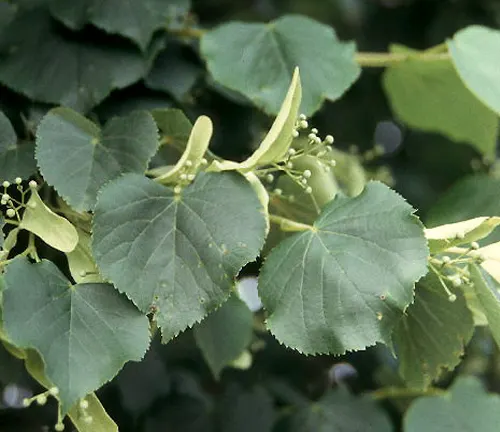
Tilia cordata
(Littleleaf Linden)
Recognized for its small, heart-shaped leaves and fragrant yellow flowers, Tilia cordata, or Littleleaf Linden, is native to Europe and Asia, adding beauty to natural landscapes.
Tilia americana
(American Basswood)
Native to North America, Tilia americana, or American Basswood, is esteemed for its large heart-shaped leaves and sweet-scented flowers, enhancing the environment with its presence.
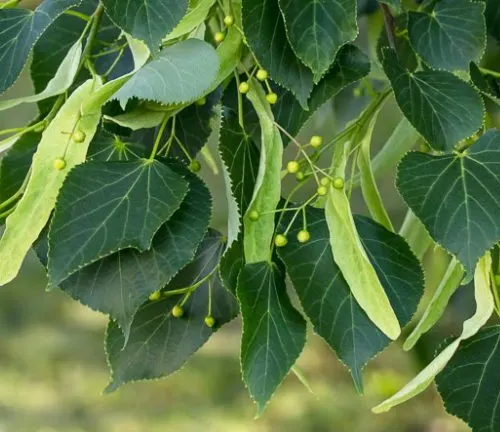
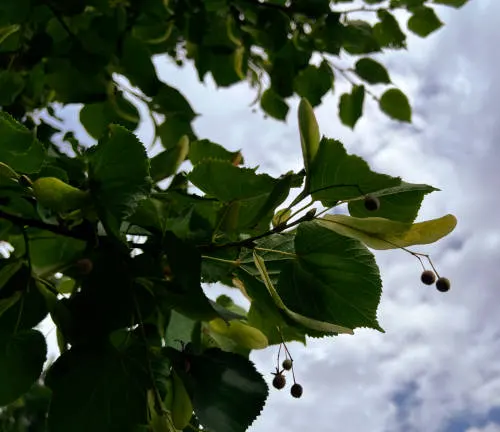
Tilia platyphyllos
(Large-leaved Linden)
Similar to Tilia cordata but with larger leaves, Tilia platyphyllos is a European native commonly utilized in urban landscaping projects for its ornamental appeal.
Tilia heterophylla
(White Basswood)
Native to eastern North America, Tilia heterophylla features leaves with uneven bases and is valued for both its wood quality and ornamental characteristics.


Tilia henryana
(Henry’s Lime)
Originating from China, Tilia henryana showcases glossy ovate leaves and fragrant yellow flowers, often cultivated as an ornamental tree for its aesthetic value.
Tilia japonica
(Japanese Lime)
Found in Japan, Tilia japonica boasts serrated leaves and clusters of creamy white flowers, frequently planted in parks and gardens to enhance their beauty.

Frequently Asked Questions (FAQs)
- Is Tilia tomentosa safe for consumption?
- Yes, the flowers and leaves of Tilia tomentosa are safe for consumption when used in moderation.
- How tall can a Tilia tomentosa tree grow?
- Tilia tomentosa trees can grow up to 30 meters in height under optimal conditions.
- What are the notable features of Tilia tomentosa leaves?
- The leaves of Tilia tomentosa are heart-shaped with a glossy green upper surface and a silver-white underside, which gives them a distinctive appearance.
- When do Tilia tomentosa flowers bloom?
- Fragrant yellow flowers of Tilia tomentosa typically bloom in late spring, attracting pollinators like bees and butterflies.
- How can Tilia tomentosa be propagated?
- Tilia tomentosa can be propagated primarily through seeds, although it can also be propagated through cuttings.
- What is the preferred soil type for Tilia tomentosa?
- Tilia tomentosa prefers well-drained soil and is moderately tolerant of drought conditions.
- What are some cultural uses of Tilia tomentosa?
- Tilia tomentosa is revered for its medicinal properties and symbolic significance in various cultures. It has been traditionally used in herbal remedies and teas.
- What role does Tilia tomentosa play in ecosystems?
- Tilia tomentosa provides habitat and food for birds and insects, contributing to ecosystem stability and biodiversity.
- Is Tilia tomentosa suitable for urban landscaping?
- Yes, Tilia tomentosa is commonly used in urban landscaping due to its tolerance of pollution and its aesthetic appeal.
- How long can Tilia tomentosa trees live?
- Under optimal conditions, Tilia tomentosa trees can live for several hundred years, making them long-lived additions to landscapes and ecosystems.


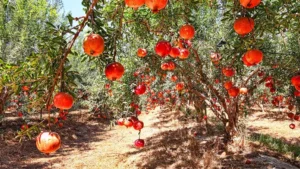
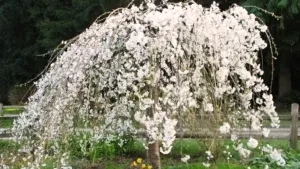
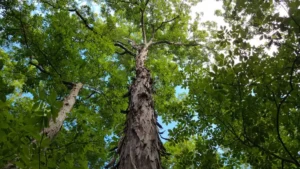
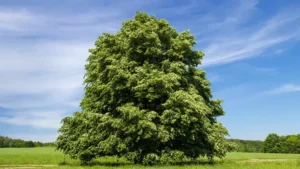
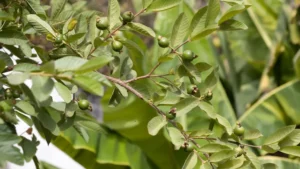
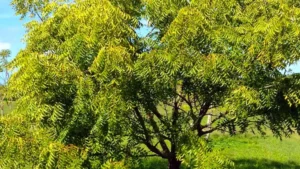


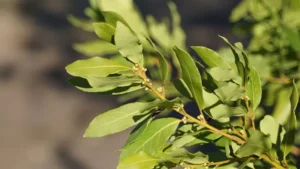
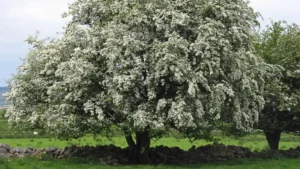

Leave your comment